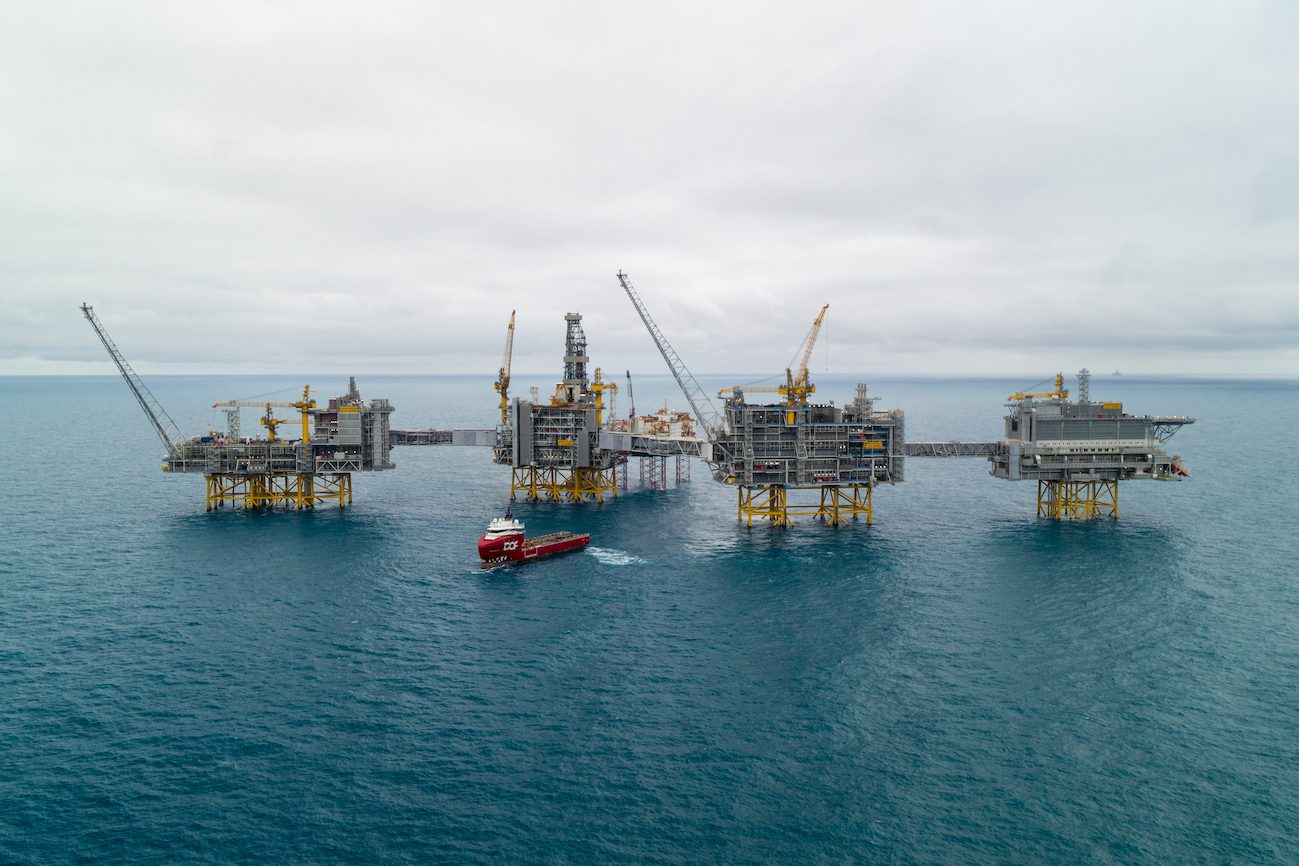BOEM Announces Second Gulf Lease Sale Under Energy Expansion Program
The Bureau of Ocean Energy Management has announced a Proposed Notice of Sale for its second offshore oil and gas lease sale under the One Big Beautiful Bill Act, scheduled...

Norwegian energy company Equinor has confirmed that its colossal Johan Sverdrup oil field, situated in the Norwegian sector of the North Sea, has the potential for higher production capacity, paving the way for Equinor to boost output from the field. ,
Johan Sverdrup, with its recoverable volumes of 2.7 billion barrels of oil equivalent, stands as the third largest oil field on the Norwegian Continental Shelf and represents the country’s most significant development in the past three decades. The initial phase of production commenced in October 2019, followed by a second phase in December 2022 that brought the field to full production.
During a recent capacity test, the Johan Sverdrup field achieved a record-high production level of 755,000 barrels of oil per day. This amounts to approximately 6-7% of Europe’s daily oil consumption, underscoring the field’s substantial contribution to regional energy supplies.
Marianne Bjelland, the Vice President of Exploration and Production for Johan Sverdrup at Equinor, expressed her satisfaction with the results. “This process capacity test at Johan Sverdrup confirms technically very robust facilities and was safely performed with no unwanted incidents. This is an important milestone, and the result of systematic and targeted efforts,” Bjelland said.
Equinor, alongside partners Aker BP, Petoro, and TotalEnergies, now intends to maintain production levels of oil from the field at or near this heightened capacity.
Johan Sverdrup also contributes around 31,500 barrels of oil equivalents of gas per day.
Situated in the Utsirahøyden area of the North Sea, approximately 160 kilometers west of Stavanger, Johan Sverdrup is located in water depths ranging from 110 to 120 meters, covering a vast area of 200 square kilometers.
Initially projected to produce 720,000 barrels of oil per day at plateau, it already accounts for about a quarter of Norway’s current oil production levels.
One notable aspect of Johan Sverdrup’s operations is its low carbon dioxide (CO2) emissions, which are estimated to be 80-90% lower than the global average. This accomplishment is primarily attributed to the use of hydroelectric power from shore.

Sign up for gCaptain’s newsletter and never miss an update

Subscribe to gCaptain Daily and stay informed with the latest global maritime and offshore news
Essential news coupled with the finest maritime content sourced from across the globe.
Sign Up